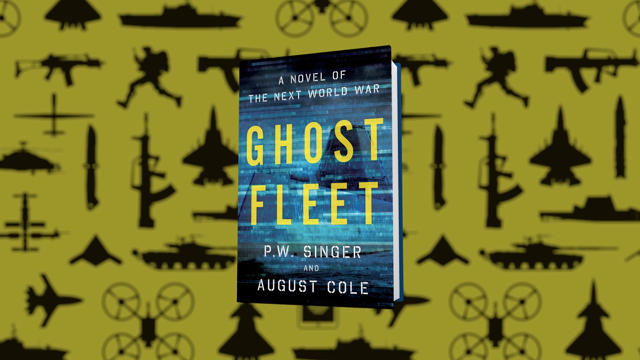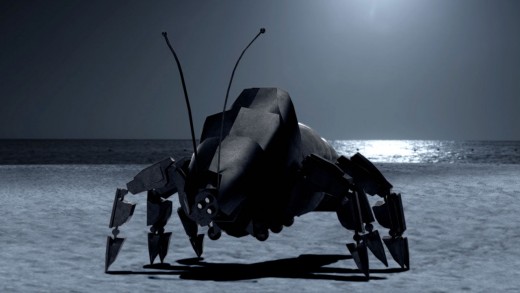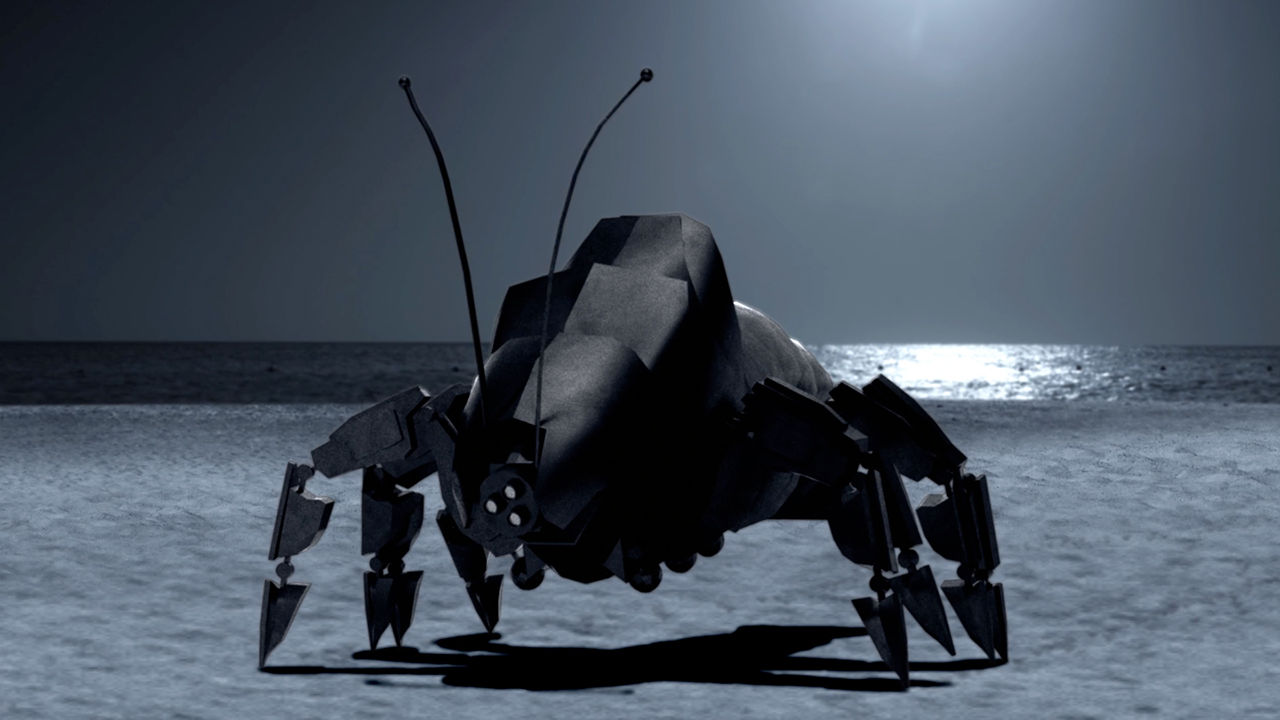World conflict Tech: “Ghost Fleet” puts Silicon Valley On The Frontline
a new novel imagines the gadgetry of a future war between the usa and China that might be too sensible for alleviation.
When August Cole and Peter W. Singer jumped on the phone with me, they had been doing promoting for their technothriller Ghost Fleet. A smartly-received Tom Clancy-esque tale of a 2030 conflict between China and the U.S., it boasts back-quilt blurbs from game of Thrones government producer D.B. Weiss and starvation games producer Nina Jacobson, and has been making its approach around Hollywood screenwriters’ inboxes. but a few days after our discuss, Singer was once headed to an atypical destination for a fiction author: Washington D.C., to present a briefing to the Chairman of the Joint Chiefs of personnel, Gen. Martin Dempsey.
Ghost Fleet tells the story of a chinese language invasion of Hawaii and of devastating attacks on the us’s infrastructure, with liberal doses of space war, drug-like nootropic implants and drugs, and omnipresent digital fact. among the many book’s future hah-hah-however-now not-in reality touches (The Oakland A’s rebrand because the Palo Alto @’s; resistance fighters in Hawaii use GoPro-like cameras to report attacks) is a bigger story the rookie novelists hope to tell: That the U.S.’ subsequent international war will probably be fought largely on the home front… and stranger that we will ever imagine.

From think Tanks To Thrillers
while this is the first novel either Singer or Cole has written, each come from an extended background in the house. Cole is a former safeguard reporter for the Wall street Journal, and Singer is a strategist on the New the usa foundation who wrote a popular nonfiction book on future battle called Wired for battle and consults for video games and television shows.
For the duo, a fiction ebook is a strategy to put forward their ideas about the way forward for warfare to a bigger target audience.
“There’s a plot, its a fictional story, however the book explores how sure technologies under construction at the moment will likely be utilized in the true world, regardless of the plot coming actual or not,” Singer informed me. ” Take the controversy over killer robots and AI, for example. most of the most outstanding figures in Silicon Valley just lately signed a letter on it. Ghost Fleet is a novel, however it documents at the least 21 completely different use circumstances of those technologies which can be being labored on via the armed forces presently.”
numerous these use instances learn like science fiction. each side rent Google Glass-like augmented reality glasses. American corporate pc methods are systematically hacked so they may be able to be shut down by means of out of doors parties when the time comes. mind-computer interfaces are used for purposes of interrogation, and lobster-like robots are utilized by Navy SEALS to help American partisans who name themselves the “North Shore Mujahideen.”
In as a minimum the sort of instances, the science fiction is real. The lobster robotic in the story, called “Butter,” is in response to plenty of tasks including a proof-of-concept lobster-shaped robotic known as “Cheesecake” that used to be developed via Northeastern college for DARPA.
The video beneath displays a rendering of the true-existence “Butter” in action:
Tech, Silicon Valley, And the following war
The DARPA mention isn’t a accident. while Silicon Valley futurists mostly love the Pentagon tech assume tank, Singer believes many of them fail to remember it is a armed forces organization.
“There are people right away taking cash from DARPA for analysis who don’t wish to understand the D in DARPA stands for protection,” he told me. “It’s not a nasty factor, however that’s the fact of it. There are also companies which aren’t doing direct business with the military, but the militia is an enormous shopper in the market of their goods. You shouldn’t child yourself in pondering that the militia is not using shopper technology.”
probably the most guide’s main topics, if truth be told, is the strain between Silicon Valley, international multinationals, and the defense force establishment when a Pacific war comes. the supply chain of yankee tech corporations disappears, most technological units available on the market are simply hacked and made needless, and the federal government begins recycling obsolete electronics for elements. After preliminary hesitation, Walmart and their huge logistics network subscribe to the warfare. An eccentric biotech billionaire, seemingly modeled partially on Richard Branson, Elon Musk, and a number of other quirky business icons, signs on in the warfare effort in an manner that may make Sir Francis Drake proud.
“Detroit used to be middle of the U.S. economic system in World war II. In a future warfare, as a substitute it would be places like Silicon Valley and Bentonville,” Cole added. many of the questions the books asks in a non-technical, non-futurist context linger on the query of what occurs to tech companies if there’s a defense force war of words between the U.S. and China. one of the crucial large questions, the authors questioned, is whether or not the loyalties of huge multinationals lie with their founders, the united states they are based in, or their shareholders.
Predicting the future
in the end, Ghost Fleet is fiction, one who comes out of a wealthy vein of books predicting future wars. Hector Charles Bywater wrote a e-book in 1925 known as the nice Pacific struggle that mostly estimated the Pacific front in World warfare II, however there were simply as many cold battle-era works of fiction predicting wars between the U.S. and the Soviet Union that clearly by no means came about. Regardless, the duo did create an enchanting “strategy to bear in mind the longer term struggle context,” as they put it.
in the meantime, the pair will keep on explaining their work to a military that’s keenly , and chatting with the tech industry. a major subplot of the book centers on Silicon Valley’s origins in the naval dirigible industry; actually, Google now leases the huge hangar where the Navy constructed dirigibles in World battle II. Their message is understated: If there is a world warfare at some point, it might be as much as Silicon Valley to guide the charge.
signal as much as analyze more about fast company’s Innovation pageant in November
Correction: this text has been updated to mirror a quote via Singer on DARPA’s defense department roots that was at the start attributed to Cole.
(119)



